Extended Tour In El Salvador, Central America’s Little Pearl (18 days)
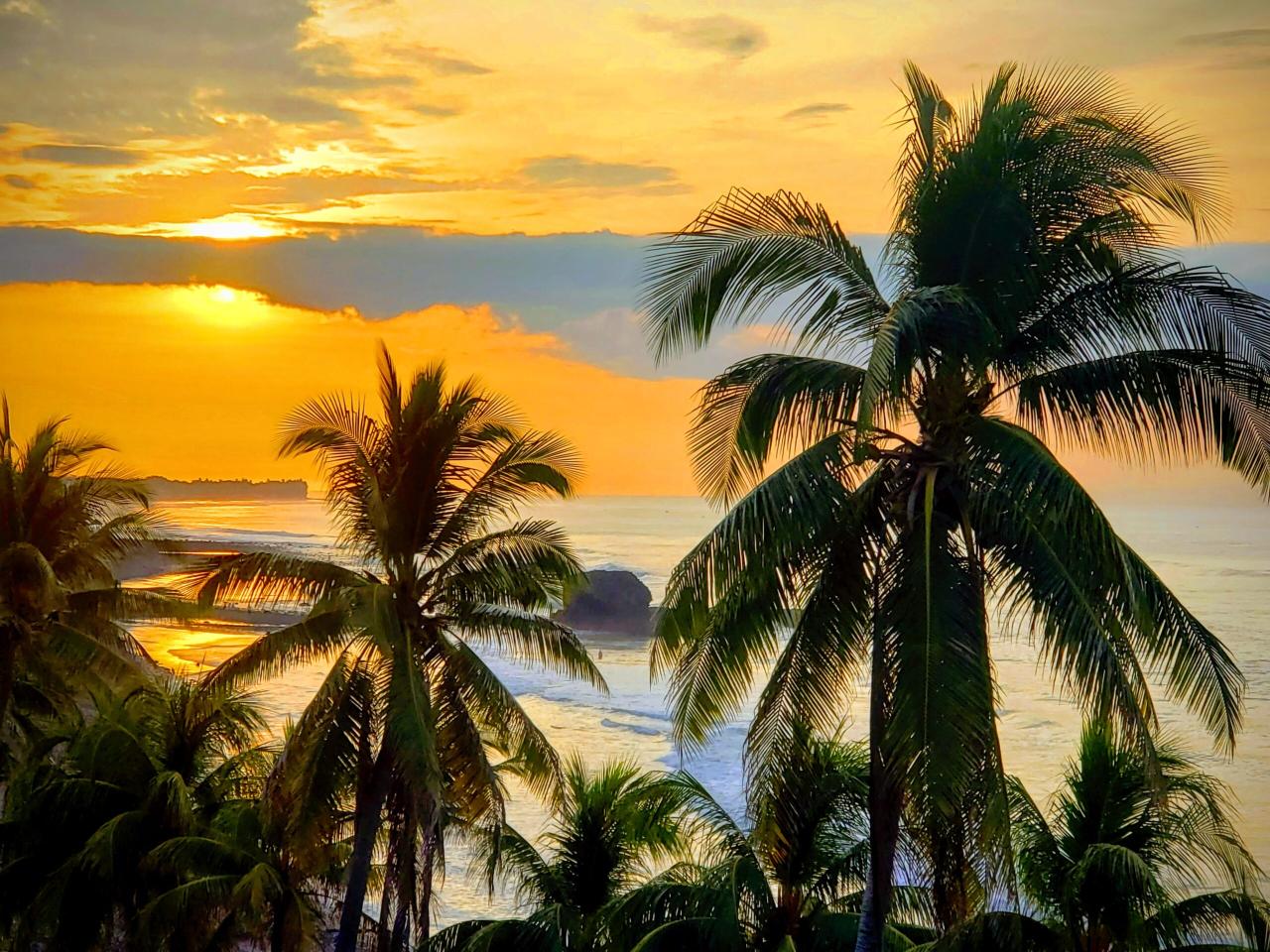
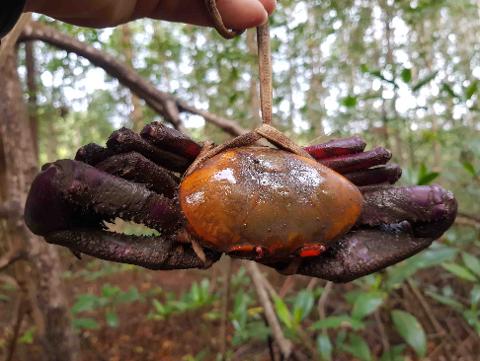
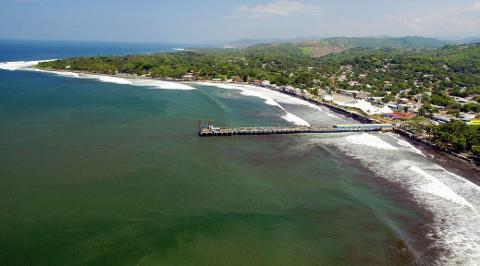
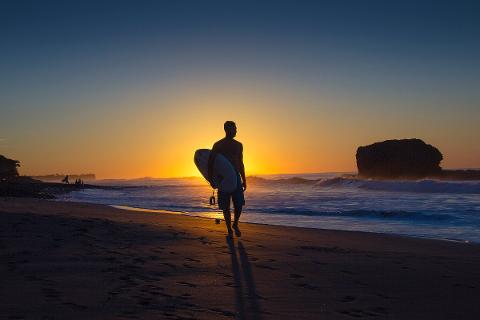
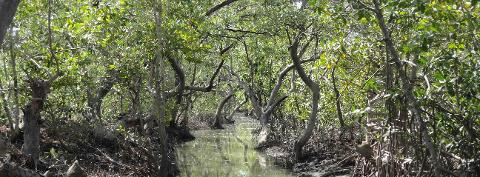
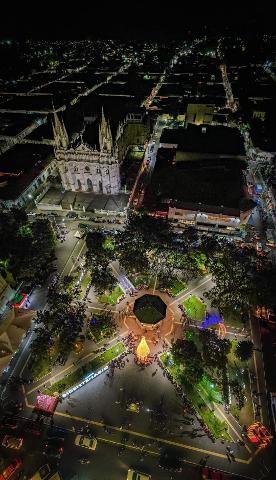
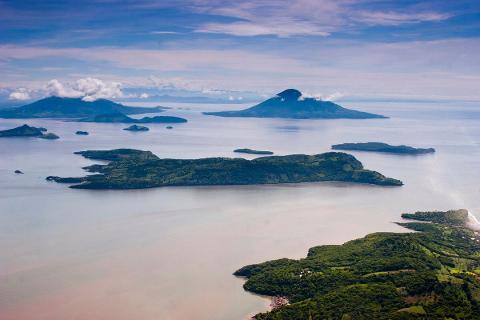

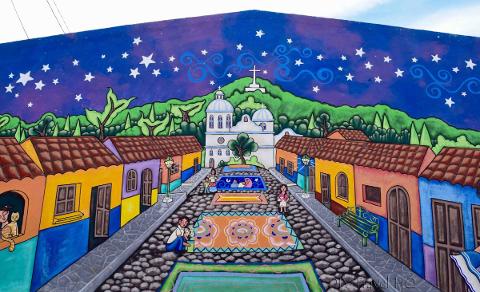
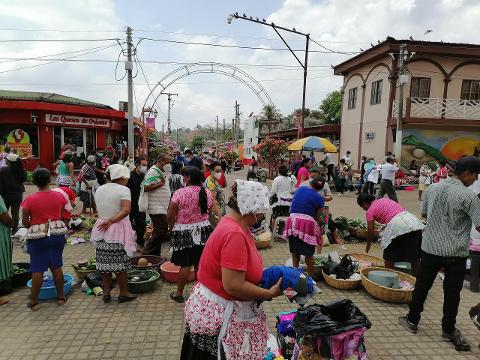
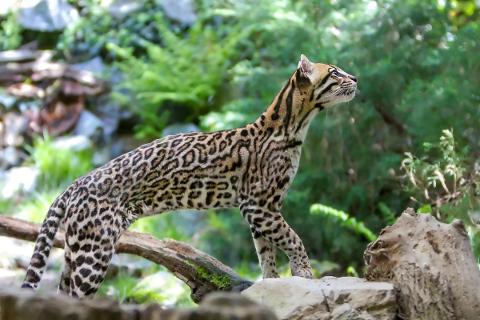
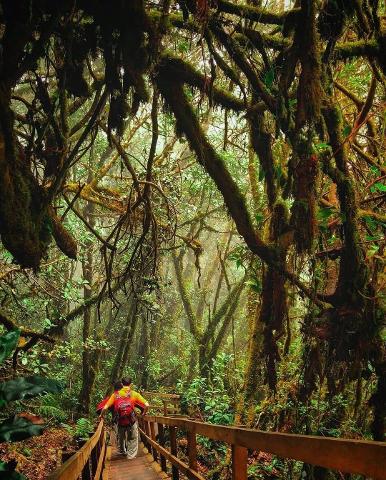
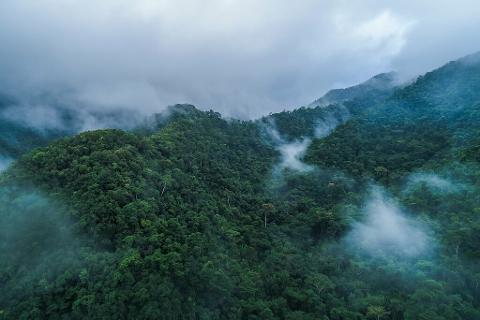
- Durata: 18 Zile (aprox.)
- Locatie: San Salvador
- Cod produs: PKUZ5S
El Salvador is a unique and vibrant travel destination that offers visitors a wide range of experiences. Known for its rich culture, stunning natural beauty, and friendly people, El Salvador is the perfect destination for those looking to explore Central America.
El Salvador is a unique travel destination due to its diverse range of landscapes, from lush rainforests to active volcanoes, and beautiful beaches. The country is home to several national parks and protected areas, such as Montecristo National Park, El Imposible National Park, and Barra de Santiago, which offer visitors the opportunity to explore the country's natural beauty and rich biodiversity.
Another thing that makes El Salvador unique is its rich cultural heritage. The country has a rich history that dates back to the pre-Columbian era, and visitors can explore ancient Mayan ruins, colonial architecture, and traditional indigenous communities.
In addition, El Salvador is known for its friendly and welcoming people, who are always happy to share their culture and traditions with visitors. The country offers a variety of delicious traditional foods, and visitors can experience the local music and dance.
There you have it, El Salvador is the perfect destination for those looking for an authentic and unique travel experience in Central America. With its rich culture, stunning natural beauty, and friendly people, El Salvador has something to offer everyone. From outdoor activities to cultural experiences, visitors are sure to have an unforgettable time exploring this beautiful country.
Tour Summary:
Day 1: Arrival
Day 2: San Salvador City Tour And El Boqueron
Day 3: La Joya Forest - Alegria
Day 4: Ruta de la Paz - Perquin
Day 5: El Mozote and La Pila
Day 6: Gulf of Fonseca: island tour and Spider monkeys tour
Day 7: Jiquilisco Bay
Day 8: La Libertad - El Tunco
Day 9: El Tunco
Day 10: Barra de Santiago and San Rita caimans
Day 11: El Imposible National Park
Day 12: Concepción de Ataco and coffee tour
Day 13: Ruta de las Flores - Izalco
Day 14: Cerro Verde National Park - Santa Ana Volcano
Day 15: Santa Ana Cathedral - Suchitoto
Day 16: Suchitoto and Indigo dyeing workshop
Day 17: San Salvador
Day 18: Departure
Day 1: Arrival
Meet and greet with our team at the airport and transfer to your hotel in San Salvador.
Day 2: San Salvador City Tour And El Boqueron
Today we’ll explore the bustling streets of San Salvador on a city tour, followed by a hike in the El Boqueron National Park, which is an ancient volcano just outside of the city.
San Salvador is the capital and largest city of El Salvador. It is a vibrant and dynamic destination that offers visitors a unique blend of history, culture, and natural beauty. The city is home to a variety of museums, monuments, and historic sites that showcase the rich heritage of the region. One of the most popular attractions is the Metropolitan Cathedral, a stunning example of colonial architecture that dates back to the 18th century. Another great piece of architecture is the Iglesia de Rosario, which is the biggest highlight in El Salvador when it comes to architectural wonders! Also on the menu today are the National Theater, the Palace and more.
Today you’ll get to see a lot of lively street markets, where you can find a wide variety of local crafts and souvenirs. The central market, Mercado Central, is a great place for shopping and to get introduced to Salvadoran culture. Here you can find everything from traditional textiles to handcrafted jewelry.
At noon we’ll eat the national dish: pupusas and afterwards we’ll head to El Boqueron National Park just outside of San Salvador for a hike on the volcano from which we’ll have a splendid view over the city. Tonight we’ll stay in San Salvador.
Day 3: La Joya Forest - Alegria
La Joya Forest Reserve is located east of San Salvador and is not well known among tourists. Bosque La Joya is a protected area located in El Salvador. It is a beautiful natural reserve that covers an area of about 2,000 hectares and is home to a diverse range of flora and fauna. The reserve is located in the Department of Sonsonate, and it is known for its lush vegetation. It is a great destination for nature lovers, hikers, and birdwatchers, as the reserve is home to a wide variety of plant and animal species, many of which are unique to the region. After a beautiful walk, we’ll continue our way to Alegria, where we’ll also visit a small crater lake with a green color due to the algae which are present in the water.
Day 4: Ruta de la Paz - Perquin
Today we’ll explore the region of the Ruta de la Paz, or "Route of Peace," a historical and cultural tour that takes visitors through some of the most important sites and landmarks associated with El Salvador's civil war (1980-1992). One of the key stops on the tour is the town of Perquín, located in the department of Morazán. During the civil war, Perquín was the stronghold of the Farabundo Martí National Liberation Front (FMLN), and it was heavily bombed by the government. Today, Perquín is a peaceful town that serves as a powerful reminder of the atrocities of the war and the resilience of the Salvadoran people.
On the route, we will learn about the history of the war and its impact on the country and its people. We’ll visit the Museum of the Revolution and the Memorial of the Martyrs, which are located in Perquín, and learn about the role of the FMLN and the struggles of the Salvadoran people during the war.
Day 5: El Mozote and La Pila
Today we’ll visit the village of El Mozote, which is also located at the Ruta de la Paz. It is a gloomy destination that serves as a reminder of one of the most tragic events in Salvadoran history, the El Mozote massacre that occurred in December 1981. During the civil war, the military killed around 1000 civilians, mostly women and children, in a three day killing spree.
El Mozote is a powerful and moving destination that offers visitors a glimpse into the devastating impact of the civil war on the Salvadoran people. The village has a small museum, the Museum of the El Mozote Massacre, that provides information about the massacre and its aftermath. We can also see the remains of the church that was destroyed during the massacre and the mass graves where many of the victims were buried.
The visit to El Mozote is not only a reminder of the past but also an opportunity to reflect on the importance of peace and human rights. It is also an opportunity to pay respect to the victims and their families, and to learn about the history of El Salvador and the impact of violence on society. After our visit we’ll go to a natural site La Pila, not too far from the village, which is not well known among tourists. It is home to some nice waterfalls called Cascades las Pilas. We will stay overnight in the area.
Day 6: Gulf of Fonseca: island tour and Spider monkeys tour
Today we have a nice day tour in the Golfe de Fonseca where we’ll go visit the volcanic islands and go see the last wild spider monkeys in El Salvador.
The Gulf of Fonseca, located on the Pacific coast of El Salvador, is a natural wonder that offers visitors a unique blend of beauty and biodiversity. The Gulf is a large, shallow body of water that is bordered by El Salvador, Honduras, and Nicaragua, and it is home to a wide variety of plant and animal life.
The Gulf is a popular destination for swimming, snorkeling, and other water sports. We will take a boat tour to explore the mangrove forests that line the shore and to spot the diverse marine life that inhabit the Gulf, including dolphins, sea turtles, and a variety of fish species. We will also visit one of the islands of the Fonseca Gulf today.
The Gulf is also an important destination for birdwatching, as it is home to over 200 species of birds, many of which are found nowhere else in the world. The mangrove forests are especially rich in birdlife, and visitors can spot a wide variety of species, including herons, egrets, and kingfishers. The Gulf is also an important economic resource for the region, with a long history of fishing and salt production. Visitors can learn about the traditional ways of life of the local fisherman, and taste the delicious seafood that is caught in the Gulf.
We will stay at a nice guesthouse in the gulf today.
Day 7: Jiquilisco Bay (Bahía de Jiquilisco)
Today we’ll get to see even more coastal beauty of El Salvador in the wonderful Jiquilisco Bay. Jiquilisco Bay is located on the Pacific coast of El Salvador. It is an extensive estuary system that is home to a diverse array of plant and animal life. The Bay is a unique ecosystem that is formed by the confluence of multiple rivers and is known for its mangrove swamps and wetlands. These habitats provide a refuge for a wide variety of bird species, making it a paradise for birdwatchers.
Bahia de Jiquilisco is also home to a diverse array of marine life, including dolphins, sea turtles, and a variety of fish species. We will take a boat tour to explore the mangrove forests that line the shore and to spot the diverse marine life that inhabit the Bay.
Overnight in the area of the Bahia de Jiquilisco.
Day 8: La Libertad - El Tunco
El Tunco is one of the most popular destinations among surfers and backpackers when they are traveling to El Salvador. La Libertad is a coastal town located in El Salvador, it is known for its beautiful beaches, charming local culture, and vibrant nightlife. One of the main attractions in La Libertad is the town of El Tunco, which is located just a few miles west of La Libertad. El Tunco is a popular destination for surfers and beach lovers, as it offers some of the best waves in El Salvador. The beach is known for its consistent breaks, making it a great spot for both experienced and beginner surfers. El Tunco also offers a wide range of accommodations and amenities, including surf camps, hotels, and restaurants.
Aside from the beach and surf, visitors can also explore the local culture in La Libertad and El Tunco. Today you can take a stroll through the streets and discover traditional crafts, such as ceramics, textiles and woodcarvings, made by local artisans. We will also visit the local markets and sample the delicious seafood and traditional Salvadoran cuisine.
El Tunco is also known for its lively nightlife. If there is something happening today we can enjoy live music, traditional dance shows and party in one of the many bars and clubs in the town.
Overnight in El Tunco
Day 9: El Tunco
Today you have a free day in El Tunco. You can go surfing or just relax in a hammock near the beach and take it easy!
Day 10: Barra de Santiago and San Rita caimans
Today we’ll proceed further west to the border of Guatemala to visit the Santa Rita Reserve, a protected area, known for its biodiversity and beautiful natural landscapes. The reserve is home to a wide variety of plant and animal species, including the American crocodile or Caiman, which are a protected species in El Salvador. We will take a guided tour through the reserve and have the opportunity to spot these ancient reptiles in their natural habitat.
The reserve is also home to a variety of other wildlife, including monkeys, birds, and reptiles. The reserve also offers a variety of hiking trails that allow visitors to explore the different ecosystems that make up the reserve, from mangrove swamps to dry tropical forests. A bit further down the coast, we will visit Barra de Santiago, a small coastal town known for its ecotourism opportunities. The town is located on the Pacific coast of El Salvador and it is a great destination for those looking to explore the natural beauty and traditional culture of the region.
Barra de Santiago is home to a diverse array of plant and animal life, including a large population of mangrove forests that provide a habitat for various species of birds, fish, and other marine life. We will take a boat tour through the mangroves to spot the diverse wildlife that inhabit the area. We will stay overnight in the area.
Day 11: El Imposible National Park
Today we’ll explore the beautiful El Imposible National Park. El Imposible National Park is a protected area located in El Salvador, known for its breathtaking natural beauty and diverse ecosystems. The park covers an area of over 4,500 hectares and is home to a wide variety of plant and animal species, many of which are unique to the region. The park offers a variety of hiking trails that wind through the forest, offering breathtaking views of the surrounding landscape. It is also a great destination for birdwatching,, many of which are found nowhere else in the world. Visitors can spot a wide variety of species, including parrots, toucans, and quetzals.
In the afternoon we’ll head to Concepcion de Ataco, where we will check in at our hotel.
Day 12: Concepción de Ataco and coffee tour
Concepción de Ataco is a small town located in the department of Ahuachapán, El Salvador. It is known for its picturesque streets, colonial architecture, and beautiful natural surroundings. The town is surrounded by lush coffee plantations and is situated in the middle of an area of great natural beauty, making it a popular destination for tourists. We will explore the town's charming streets, admire the traditional colonial architecture and take in the stunning views of the surrounding mountains.
Concepción de Ataco is also known for its coffee production, and we will take a tour of one of the local coffee farms such as Finca del Carmen, to learn about the process of growing, harvesting and roasting coffee beans. Finca del Carmen is a coffee farm that offers visitors the opportunity to take a tour of the farm and learn about the traditional methods of growing and processing coffee. We will taste the different varieties of coffee grown on the farm and you can take home a bag of freshly roasted beans.
Overnight in Ataco.
Day 13: Ruta de las Flores - Izalco
Ataco is located at the end of the famous Ruta de las Flores (the flower route), which runs all the way to Izalco, which is at the edge of the Izalco Volcano in the Cerro Verde National Park.
The Ruta de las Flores, or "Route of Flowers," is a scenic driving route that takes visitors through some of the most picturesque towns and villages in El Salvador. The route runs through the department of Ahuachapán, and it is known for its stunning views of lush coffee plantations, colorful flowers, and charming local culture. Some of the villages we’ll see today:
- Apaneca: This charming village is known for its traditional colonial architecture and beautiful natural surroundings. We’ll have a short walk through the town's picturesque streets and admire the colorful flowers that line the sidewalks.
- Juayua: This town is known for its vibrant culture and delicious traditional cuisine. We will sample delicious Salvadoran specialities here if you want and explore the local crafts market.
- Nahuizalco: This town is known for its traditional indigenous culture and its wooden crafts. We can visit the local workshops and learn about the traditional methods of woodcarving.
Overnight in Izalco.
Day 14: Cerro Verde National Park - Santa Ana Volcano
Today we’ll go to the other edge of the Cerro Verde National Park for a day tour to the famous Santa Ana Volcano.
Cerro Verde National Park is a protected area located in El Salvador and is named after the Cerro Verde Volcano, one of the three volcanoes which are located in the park. The park is located in the department of Sonsonate and it is known for its stunning views of the surrounding landscapes, including the Santa Ana volcano.
One of the main attractions of the Cerro Verde National Park is the Santa Ana volcano, which is the highest volcano in El Salvador, standing at 2,381 meters above sea level. The volcano offers a challenging and rewarding experience for hikers and climbers. The climb to the summit is a strenuous hike, but the views from the top are truly breathtaking.
Day 15: Santa Ana Cathedral - Suchitoto
Today we’ll go to the town of Suchitoto, but first we’ll stop at the town of Santa Ana, a charming town located in the western part of El Salvador, known for its rich history, beautiful colonial architecture, and vibrant local culture. The town is the capital of the Santa Ana department and it is the second largest city in the country.
One of the main attractions in Santa Ana is the Cathedral of Santa Ana, also known as Basílica Menor de Santa Ana, it is a beautiful colonial-style church that was built in the 18th century. The cathedral is a great example of the traditional Salvadoran architecture, it is a grandiose building with twin towers that can be seen from different points of the city. The interior of the cathedral is also impressive, with its intricate carvings and beautiful frescoes. The town is also known for its traditional markets and is also a great destination for shopping, as you can find a variety of local crafts such as textiles, ceramics, and wood carvings.
After our visit to Santa Ana, we’ll continue to Suchitoto, where we’ll check in at our hotel.
Day 16: Suchitoto and Indigo dyeing workshop
Welcome to Suchitoto, a nice colonial-era town located in the department of Cuscatlán, El Salvador. Known for its picturesque streets, well-preserved colonial architecture, and vibrant local culture, Suchitoto is a popular destination for tourists. Suchitoto is also known for its indigo production, which is a traditional dyeing technique that has been practiced for centuries. We will take a tour of one of the local workshops to learn about the traditional methods of producing indigo dye and see how it is used to dye fabrics, such as traditional clothing and textiles. You can also purchase locally made indigo-dyed crafts, such as clothing, bags, and home decor items at the end of the tour.
Day 17: San Salvador
Today we’ll head back to San Salvador, where you can enjoy a free afternoon and evening.
Day 18. Departure
Today we’ll bring you to the airport. We can also transport you to the border between El Salvador and Guatemala or Honduras and arrange your border crossing and transport.
Included:
- Accommodation in midrange/upper midrange hotels/guesthouses
- All transport in private vehicles
- Professional, local English speaking guide (or Spanish of course)
- All entrance fees and activities as describes
Not included:
- Visa and tourist pass
- Flights
- Meals and drinks
- Tips and gratuities